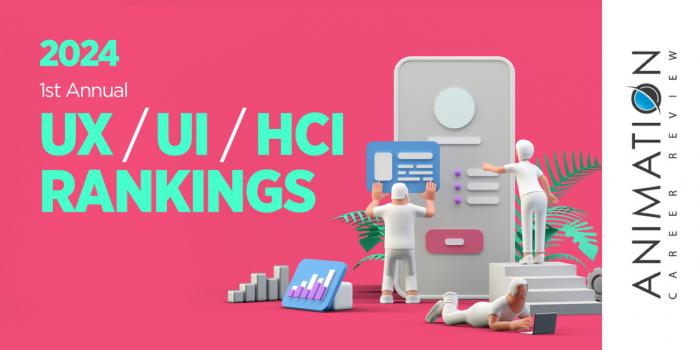The Ira A. Fulton Schools of Engineering at Arizona State University (ASU) is the nation’s largest engineering program. Housing eight schools, Fulton provides 25 undergraduate programs and nearly 50 graduate programs to approximately 31,815 students from all 56 states and nearly 160 countries. Among Ira A’s eight schools is The Polytechnic School, which houses the Human Systems Engineering program. At the undergraduate level, the program has a User Experience concentration that leads to a BS.
The design, development, and evaluation of products is at the center of the User Experience curriculum. Students in this program will explore topics in areas such as technical communications, the web, visual displays, human factors, and psychology. Course examples for the concentration include UI/UX Consulting; Multimedia Authoring, Scripting and Production; Product Design and Evaluation; Visualizing Data and Information; Web Site Design and Internet/Web Technologies; User Experience; and New Media Internet Technologies.
In addition to extensive coursework in UX, the Human Systems Engineering program at ASU provides the opportunity to complete an internship and a study abroad experience, with access to over 300 programs in more than 65 countries. Examples include China, Spain, France, Czech Republic, New Zealand, Germany, Ireland, Colombia, South Africa, Argentina, Sweden, Japan, and the UK. ASU study abroad experiences range from one week to one year.
All ASU Engineering students also have access to the Fulton Schools Career Center, which prepares students year-round for career fairs and job opportunities. The Fulton schools has numerous engineering-focused Career Fair days in Fall and Spring. These events attract major corporations and organizations from across the country.
Some of the top employers who participate in Fulton Schools Career Fairs include Amazon, Boeing, Microsoft, Oracle, Verizon, Cisco Systems, American Express, Honeywell, the U.S. Armed Forces, Deloitte, General Motors, American Airlines, Epic Systems, Intel, Lockheed Martin, Cox Communications, Starbucks, Infosys Limited, Choice Hotels International, eBay, Inc, PayPal, and the U.S. Federal Government.
Graduates of the Human Systems Engineering (User Experience) program at Arizona State University are prepared to pursue positions at these and other companies across the U.S. and abroad. Potential job titles include UX Engineer, Product Designer, UX Designer, UX Architect, Visual Designer, UX Strategist, UI Designer, UX Prototyper, Motion Designer, UX Writer, Interaction Designer, and UX Researcher.
Arizona State University opened on Feb. 8, 1886 as Territorial Normal School (TNS)—the state’s first higher education institution. On the first day of class, TNS welcomed 33 students to a four-classroom building in Tempe, Arizona. Today, ASU serves approximately 142,635 students from across the U.S. and close to 160 other countries. More than 800 degree programs are provided across four campuses, 16 colleges and schools, and ASU Online. Arizona State University is accredited by The Higher Learning Commission (HLC). Engineering at ASU is accredited by the Engineering Accreditation Commission of ABET.












